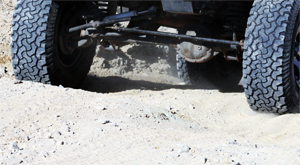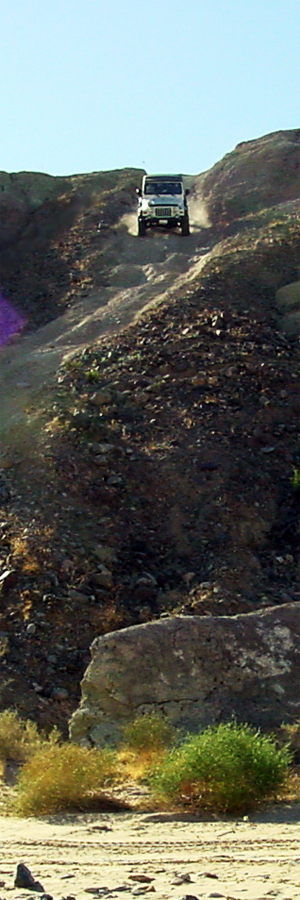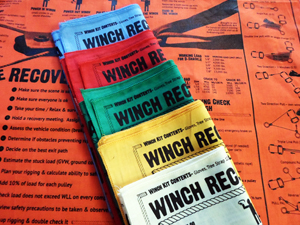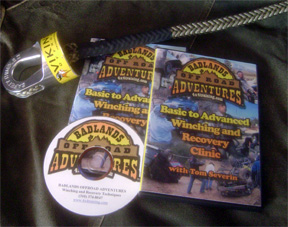
Bend down and identify the 3 lowest points in the front. (Click picture for a larger image.) |

Plan your line but also plan your contingency skills |

Mojave Lower Desert, CA (Click picture for a larger image.) |

|

Click for higher resolution image |

(Click picture for more details) |
Thanksgiving has always been one of my favorite holiday. The time off gives me a chance to reflect on family, friends, guests, and clients.
Among the many things I am thankful for is a successful year for Badlands Off-Road Adventures.
Thank you for being a loyal client and faithful member of the off-road nation.
May you have many more happy wheeling days ahead. All the best this Thanksgiving to you and your family.
I hope to see you on the trails!
Tom Severin, President
Badlands Off Road Adventures, Inc.
4-Wheel Drive School
310-613-5473
http://www.4x4training.com
Make it Fun. Keep it Safe.
If you find this information valuable, please pass it on to a friend. You can forward them the email.
If you received a forwarded copy of this newsletter and would like to subscribe for yourself, go to:
www.4x4training.com/contacts.html
and follow the instructions to join our mail list.
Want To Use This Article In Your Magazine, E-Zine, Club Newsletter Or Web Site?
You are welcome to use it anytime, just be sure to include the following author/copyright information:
Tom Severin, 4x4 Coach, teaches 4WD owners how to confidently and safely use their vehicles to the fullest extent in difficult
terrain and adverse driving conditions.
Visit www.4x4training.com to develop or improve your driving skill.
Copyright 2015, Badlands Off-Road Adventures, Inc.
| Back | | Phone 310-613-5473 |